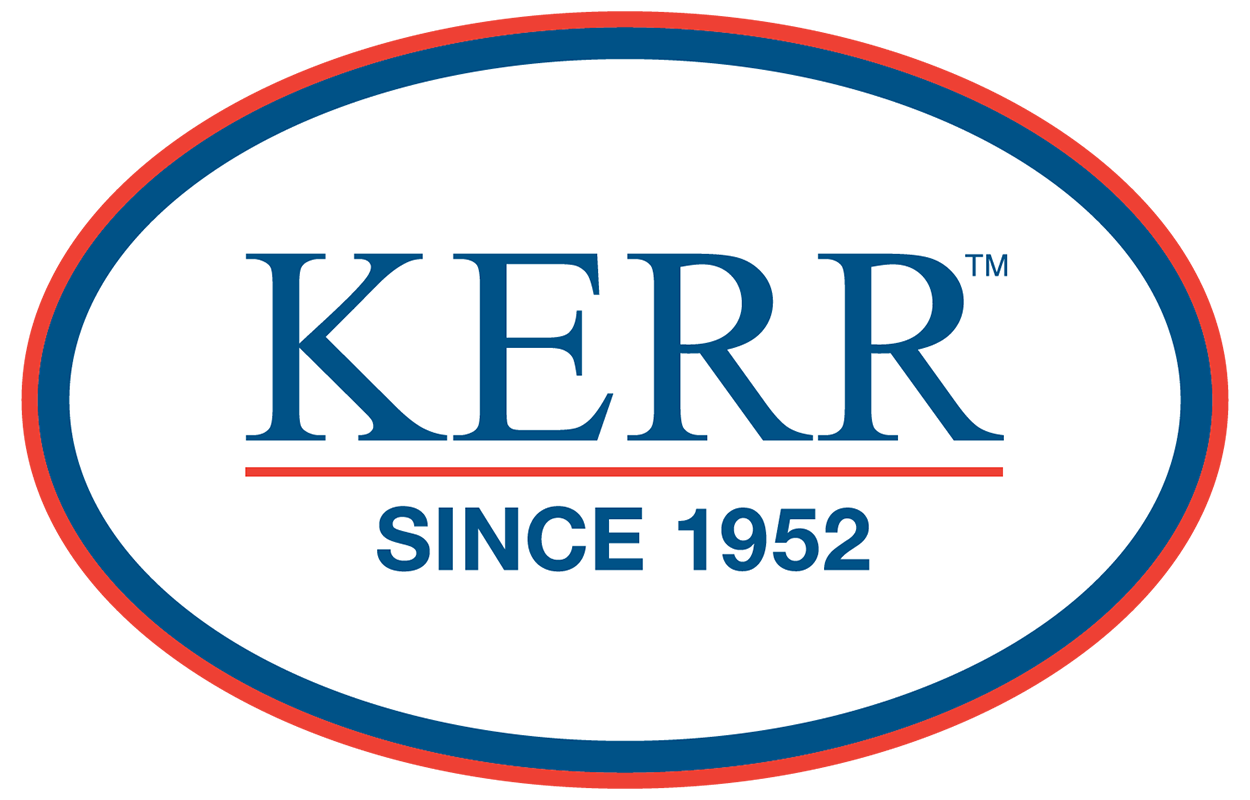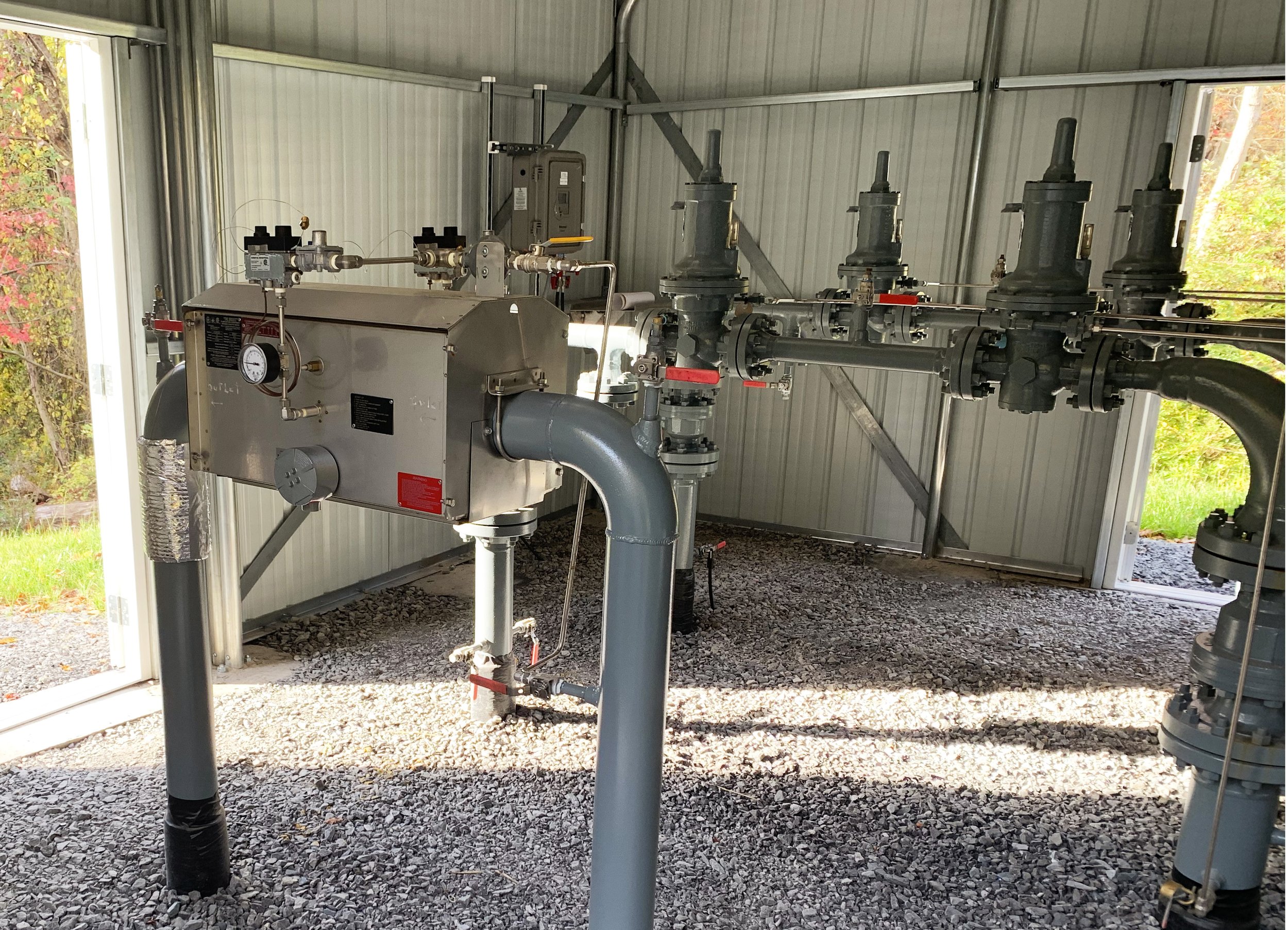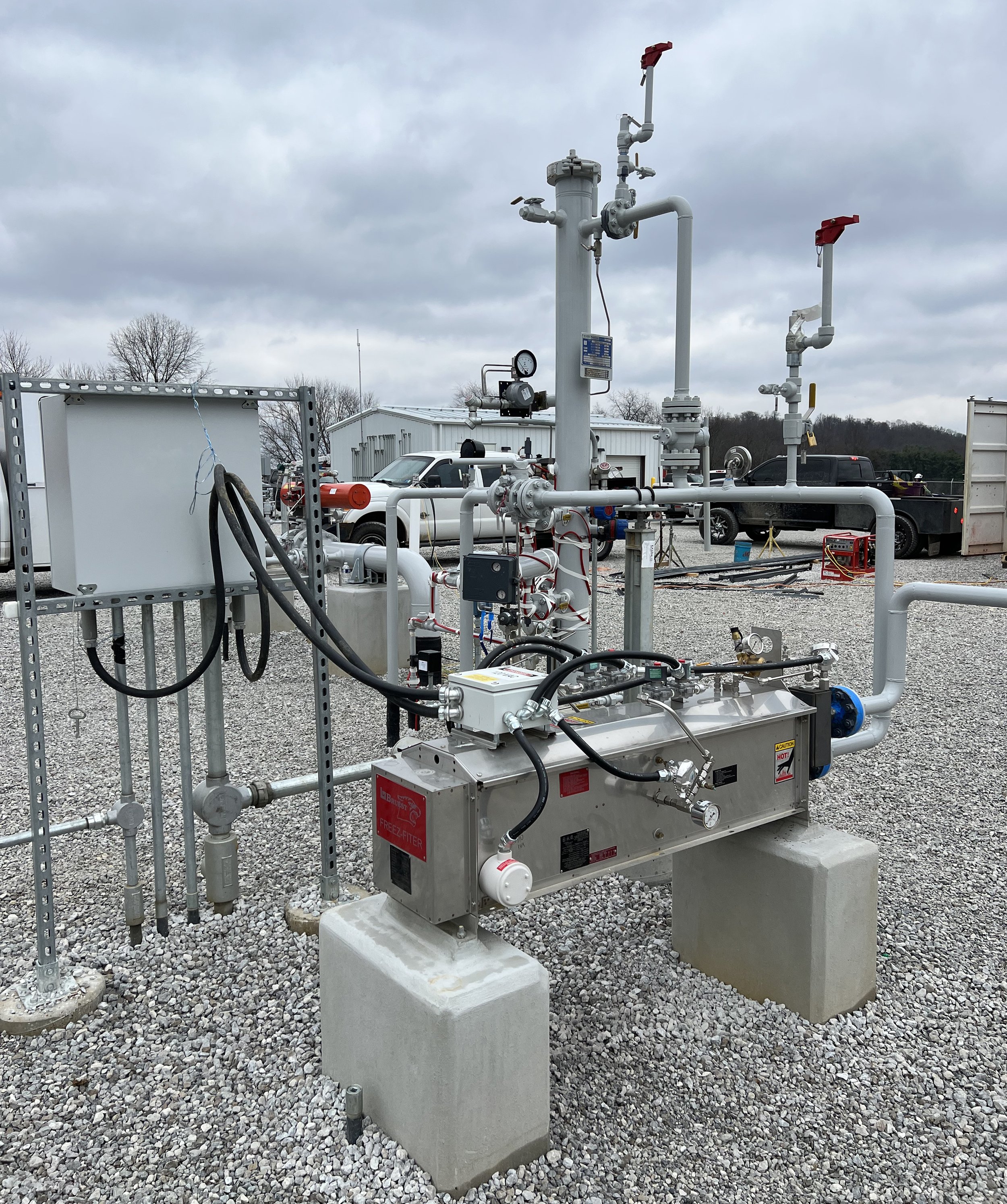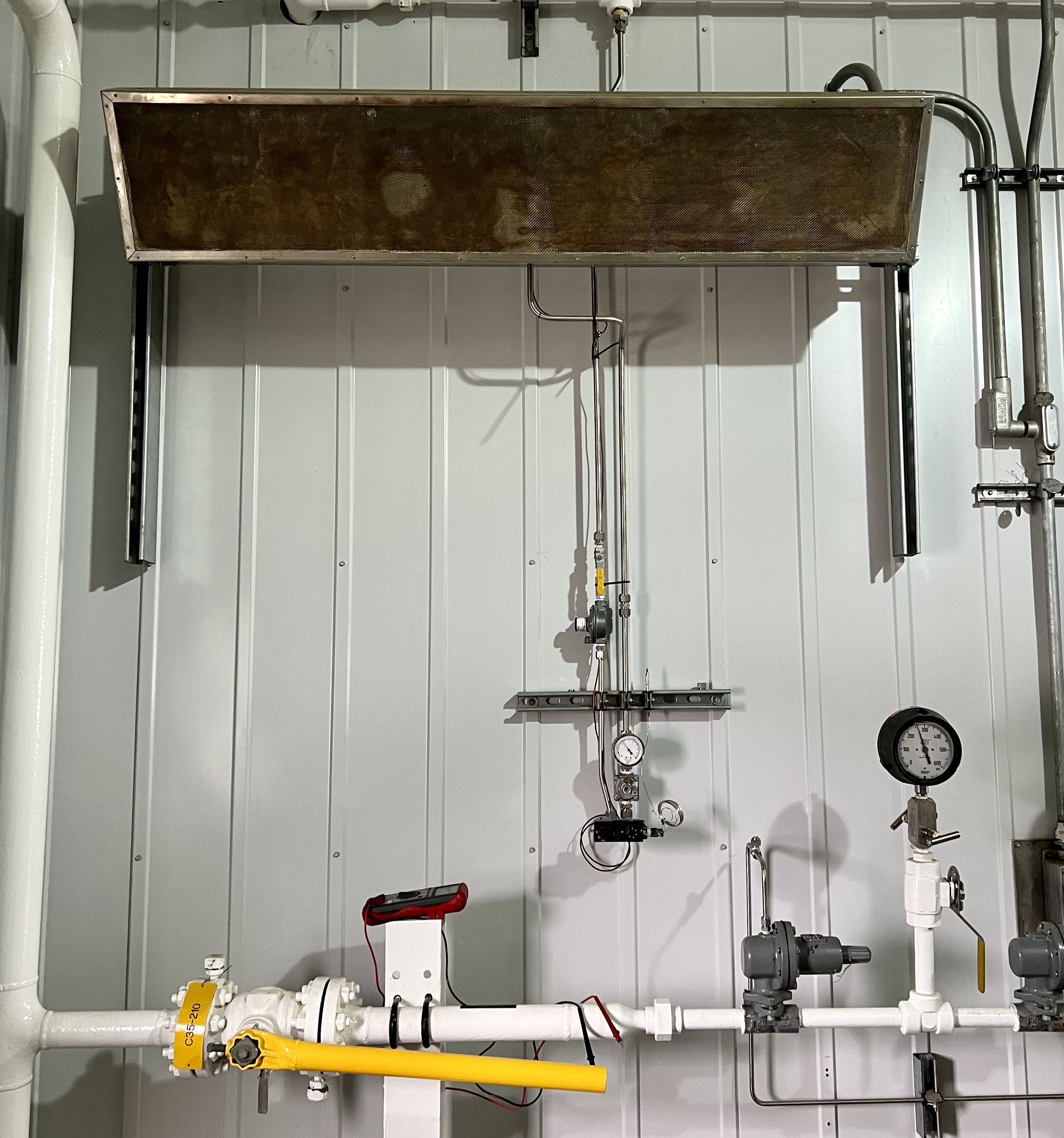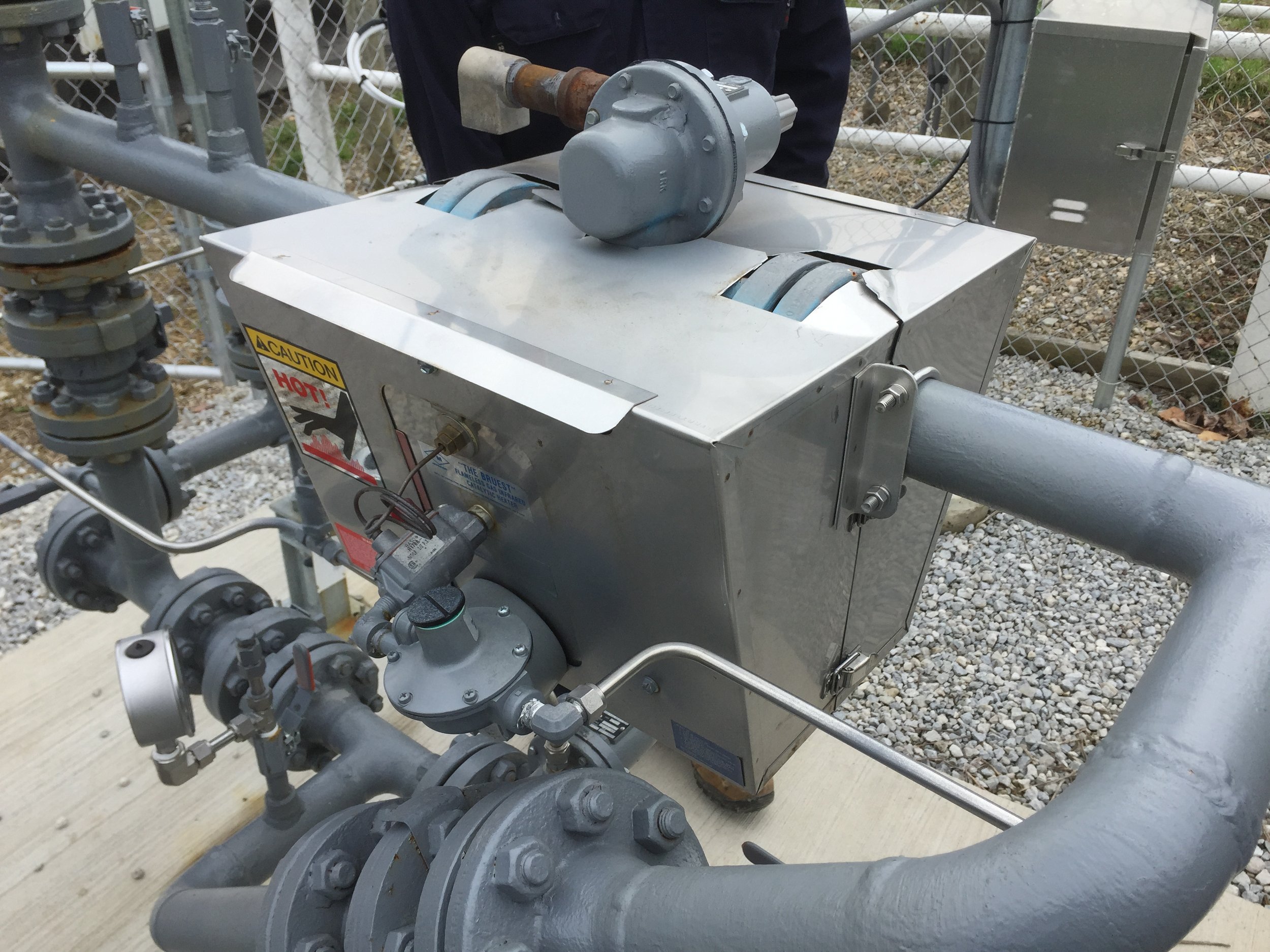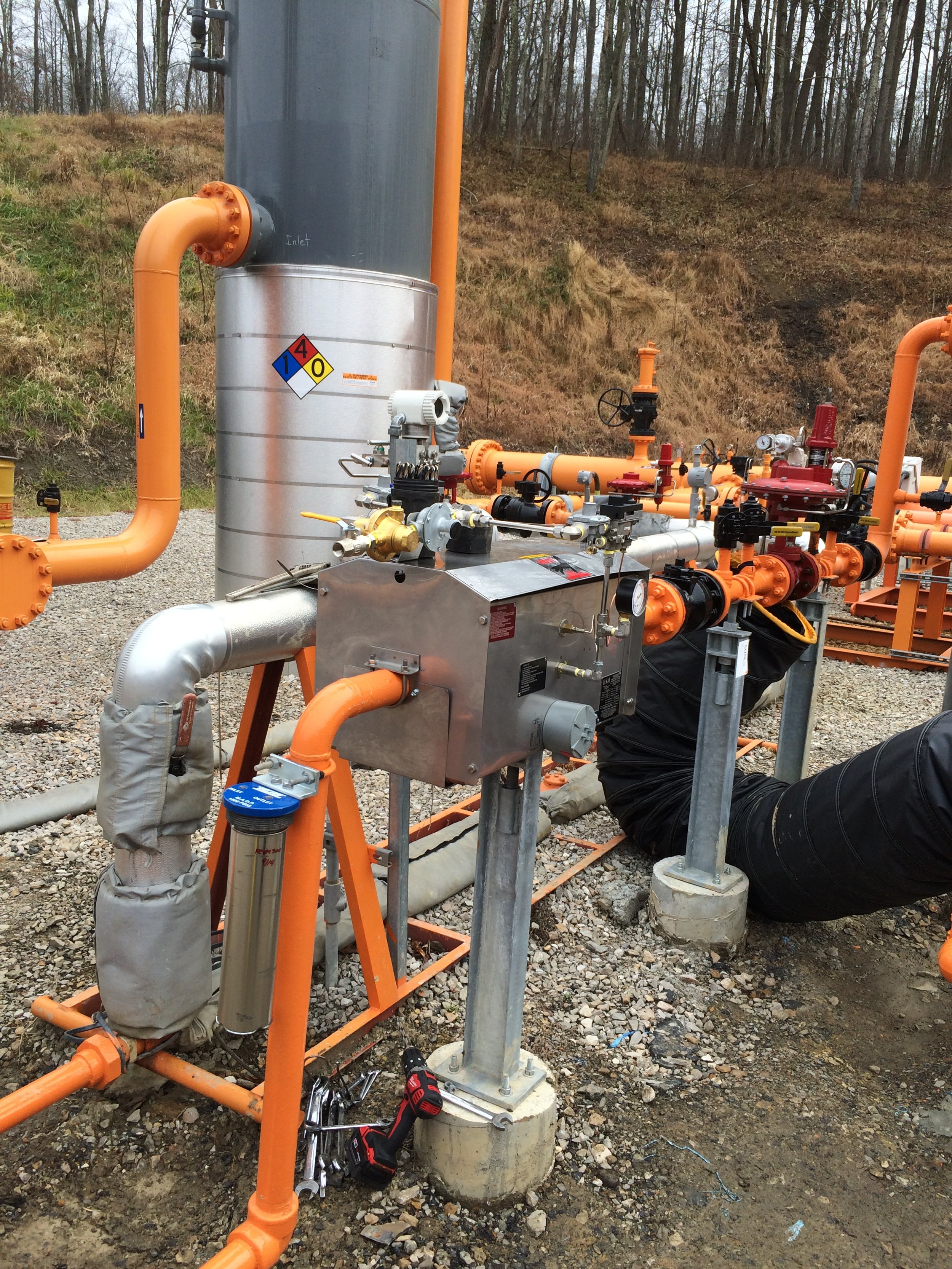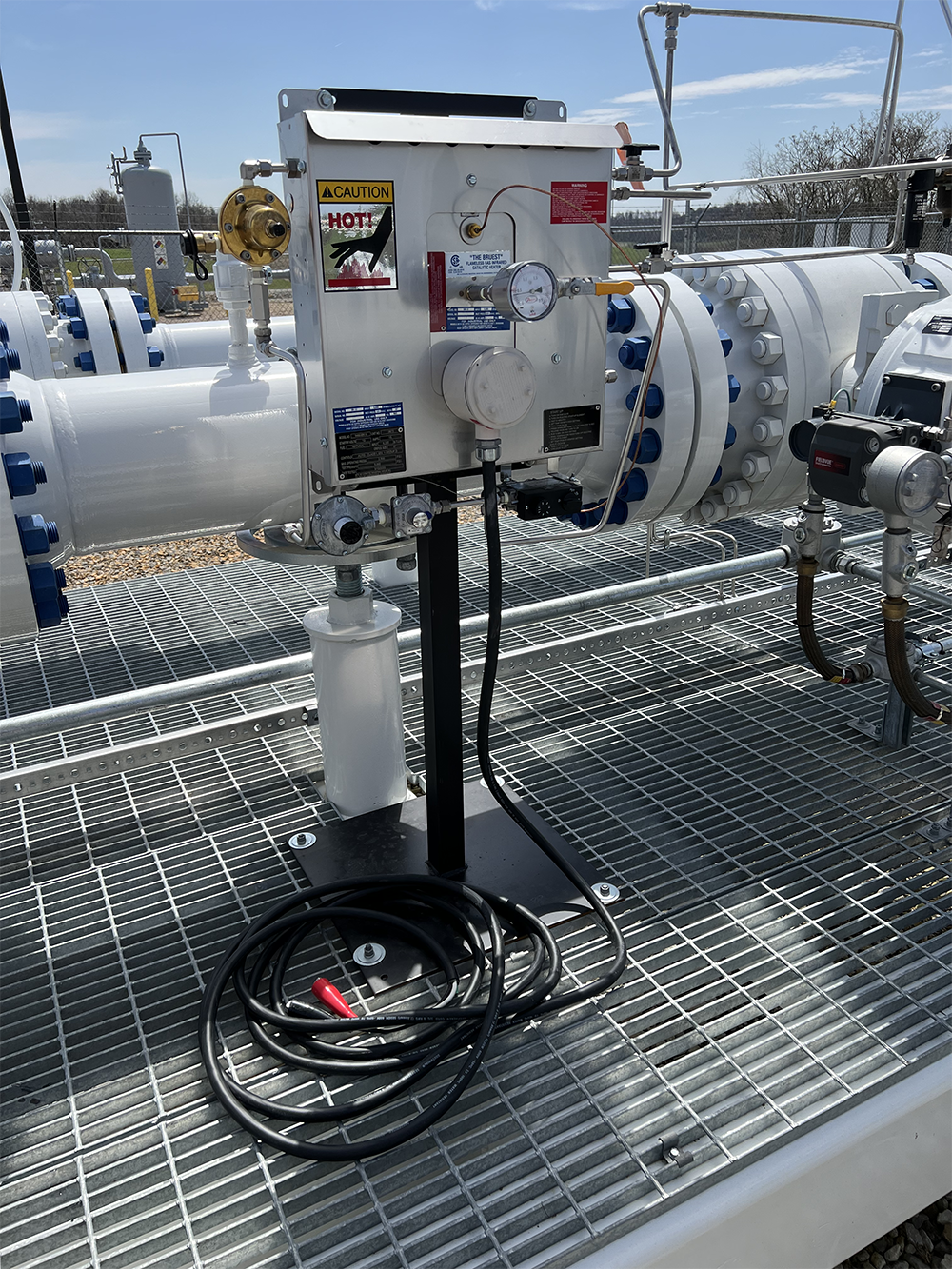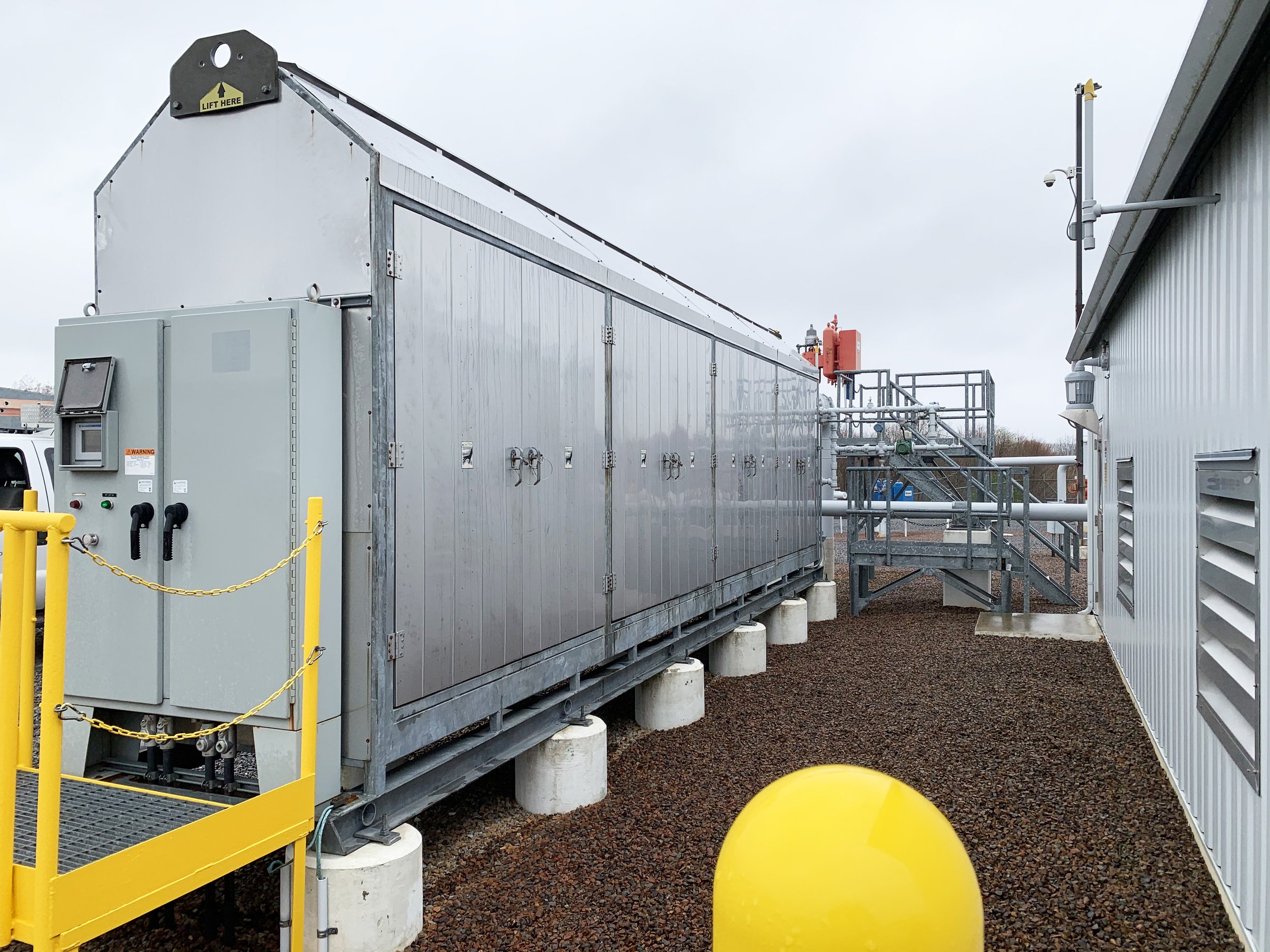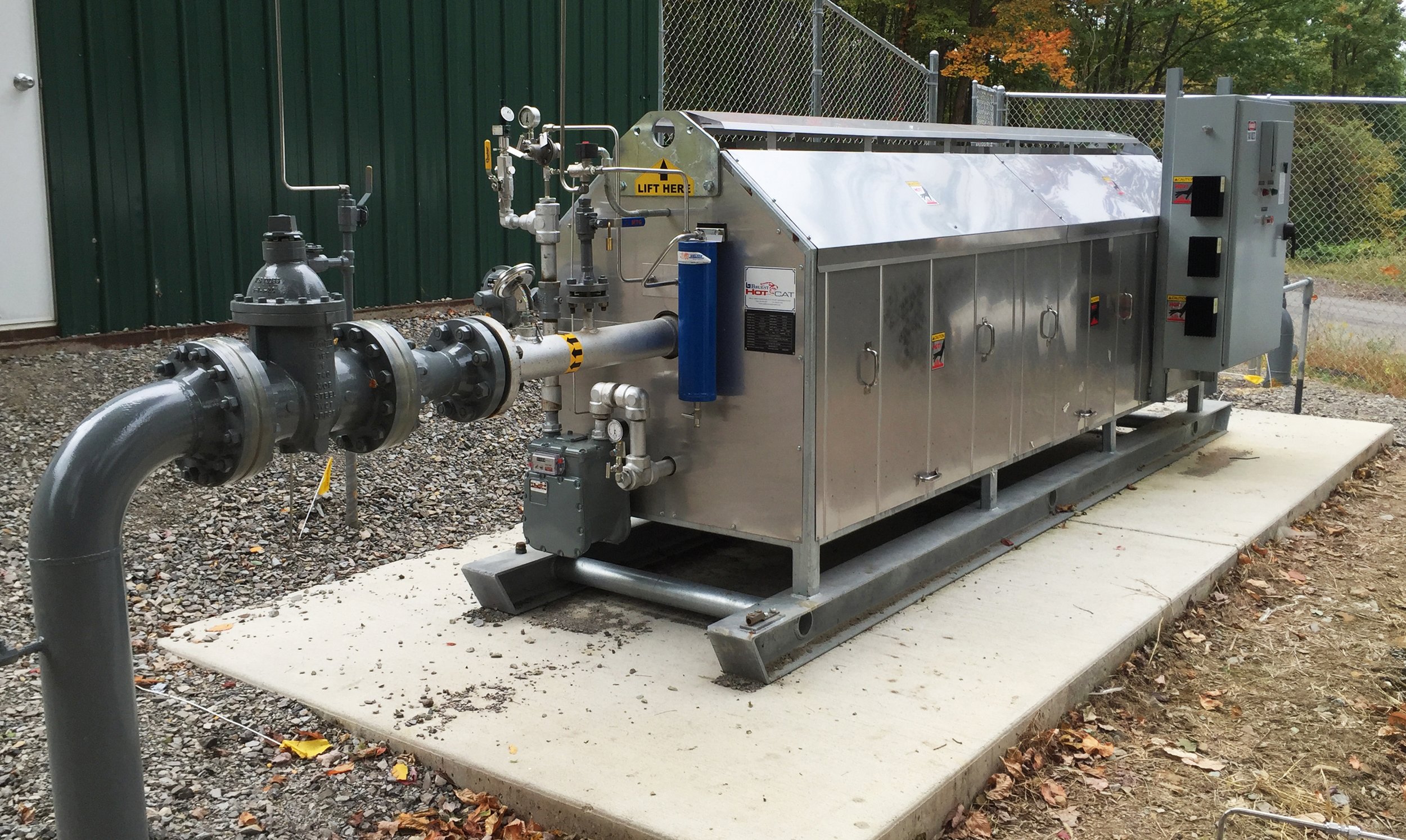For 60 years, Bruest Catalytic Heater has provided flameless, infrared catalytic heating solutions for the natural gas industry. This guide contains a general overview of heater operations, applications and troubleshooting tips.
inside this guide
How Catalytic Heaters work
Where to Use them
Heater Applications
Troubleshooting
Bruest Catalytic Heaters are found in heating applications along the gas network starting from the well head to the end user. Bruest leads the industry in engineering and manufacturing reliable, cost-efficient, green systems to prevent freeze-ups in critical metering and regulating equipment, and to heat meter buildings, platforms and pipelines.
Made in Independence, Kansas, Bruest Catalytic Heaters are the safest, most efficient alternative wherever flameless heat is required.
Catalytic Heater Fundamentals
Bruest HOT CAT at a Town Border Station
Catalytic heaters produce Flameless, infrared Radiant Heat.
Bruest heaters cause natural gas to release its energy at a much lower temperature with a catalyst. The natural gas auto- ignition temperature is between 1200 - 1400 degrees Fahrenheit.
Bruest heaters operate at temperatures of around 900F-900F (426C to 483C.)
It’s not magic.. it’s an Exothermic chemical reaction.
bruest heaters are rated for hazardous locations
All Bruest Catalytic Heaters are rated for operation by FM and CSA for operation in Class 1 Division 1 and 2 operation as well as ATEX for European applications. All Bruest catalytic heaters can be fueled with either Natural Gas or LPG.
CSA Class I Div 1 or FM Class I Div 2
Catalytic Pads require little to no maintenance
No moving parts
BASIC BRUEST HEATER OPERATION START UP STEPS
Apply electric power – do not remove until the final step
Wait 15 minutes
(a) Thermocouple senses the catalytic temperature.
(b) Activate the safety valve to introduce fuel gasWait an additional 15 minutes
Remove the electric power
Applications for Catalytic Heaters
these photos are for us to discuss, select and decide what text to include. Then I will resize, label and figure out the best way to display.
Maintenance and Trouble Shooting
There are no moving parts in a Bruest catalytic heater. Maintenance is minimal. The face of the heater (the catalyst) should be protected when cleaning in the area, as high pressure air or water can damage or destroy the catalyst.
When the heater is not in use, it should be stored where dirt and other materials will not collect on the catalyst surface. To prevent contamination or the possibility of insect or rodent damage to the catalyst during the summer or any long period out of service, heaters should be wrapped in plastic film or similar material.
TOOLS NEEDED
In addition to these tools, you will need a basic understanding of how each one functions.
Voltmeter (Multi Tester)
Inches WC Gauge (or digital Manometer)
Infrared Thermometer
Small Hand Tools
Trouble Shooting CHECKS
HEATER POSITION - Check the Gas Supply. Is the pressure too high, or too low?
ELECTRIC START UP - Do you have the correct Voltage? Are the cables too long? Are any of the cables cut?
PREHEATING - Did you follow the 15-20 minutes recommended for preheating? If it is first time of the year running the heater, leave it longer. An insufficiently preheated heater can shut off unexpectedly
THERMOCOUPLE CHECK - 10-15 mv. Do you have the correct Thermocouple?
VALVES - Did you check the Baso Valve? Did you check the Thermostatic Gas Valve? Low Fire Pressure Check.
START UP COIL - Did you check the resistance on the start up coil?
FUEL GAS PRESSURE - Check that the Fuel gas pressure is sufficient. The heaters require 3.5” WC / 8.7mBar. A variance of +/- 0.5” wc / 1.2mBar are okay
TEMPERATURE CONTROLLERS - When using temperature controllers, make sure that the low fire bypass has sufficient fuel gas pressure. A Minimum of 1.5” WC / 4.4 mBar IS required. See Bruest Temperature controller [LINK?] adjustment guide for more information.
SULFER CAUTION - If there is sulfur in the fuel gas, it can cause the heater to fail prematurely. The length of service will depend on the concentration and duration of operation. Bruest offers sulfur filters. [link]
COMMON ISSUES & SOLUTIONS
description??
MERTIKS BYPASS ADJUSTMENT
The field (circled in red) is adjustable to the desired output pressure
Can be fully shut off to act as a shutoff valve
Usually factory set but should be checked during install
CLEANING & PROTECTION
Bruest Heaters should be adequately protected from the weather and elements. Excessive moisture or wind can cause the heater to cease functioning.
Is the Pad Dirty? [Image] Heaters should be cleaned only with soft, feather like devices to gently brush off any debris on the heater face.
Never use compressed air to clean the heaters.
For additional Bruest Catalytic Heater support, training, maintenance or troubleshooting, contact us to speak with KERR’s Application Specialists.
Kerr Engineered Sales Company has been representing leading pipeline repair and performance companies in Eastern US since the company was founded in 1952. Seventy two years later, the company is a third generation family run business serving customers with the highest quality service and support.
